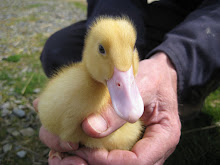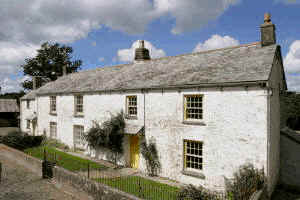 Something unexpected has happened in the wake of last winter's banking and fencing. Diggers danced along the hedgelines recreating the medieval Devon banks, and tractors followed behind erecting livestock proof fencing to ensure the beautifully laid hedges and ramparts were not trampled into oblivion by the sheep and cattle. The work left a surprisingly gentle scar on the earth, and I hoped that docks and nettles wouldn't rush in to colonise what was an inviting seedbed.
Something unexpected has happened in the wake of last winter's banking and fencing. Diggers danced along the hedgelines recreating the medieval Devon banks, and tractors followed behind erecting livestock proof fencing to ensure the beautifully laid hedges and ramparts were not trampled into oblivion by the sheep and cattle. The work left a surprisingly gentle scar on the earth, and I hoped that docks and nettles wouldn't rush in to colonise what was an inviting seedbed. What wasn't expected was that wildflowers would spring up along the hedges, cheekily grabbing survival from the insidious grasp of the nettle. Yes, there are some stinging nettle patches, but mostly there is a riot of colour. Mauve self-heal seems to have come from nowhere. Vetch is so abundant it rampages with its curly pea-like tendrils and purple flowers over anything that stands still long enough. Yellow meadow-vetchling has made a welcome appearance, and there is yarrow, buttercup, sneezewort and more.
But among the newcomers is something more pernicious. Ragwort, previously a rarity on the farm, has marched onto the land not so much as an invasion, but certainly creating a little local difficulty. Armed with thick gloves and empty feed sacks, the intruders have been pulled and safely removed. Having spent time with horses in the past, the dangers of ragwort have been fair dinned into the brain, but there are other natural nasties that are less familiar, and there will be a second trip around the hedges shortly to double check if that pretty pink thing that looks oh so innocent, also requires urgent action.

















2 comments:
I'd be inclined to be rid of it - an escapee from either the Himalayas or Kew probably isn't quite right in Devon.
M'ear - it's not the dreaded himalyan balsam after all - much relief.
Post a Comment